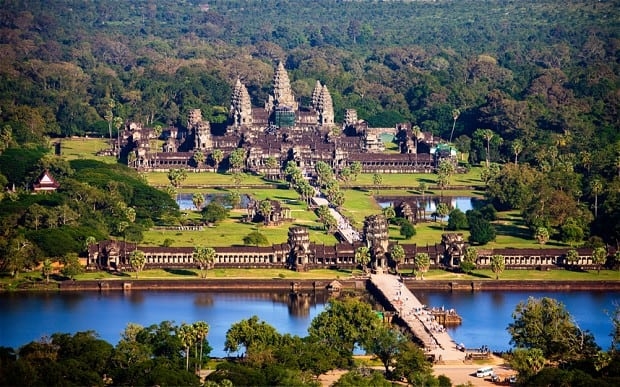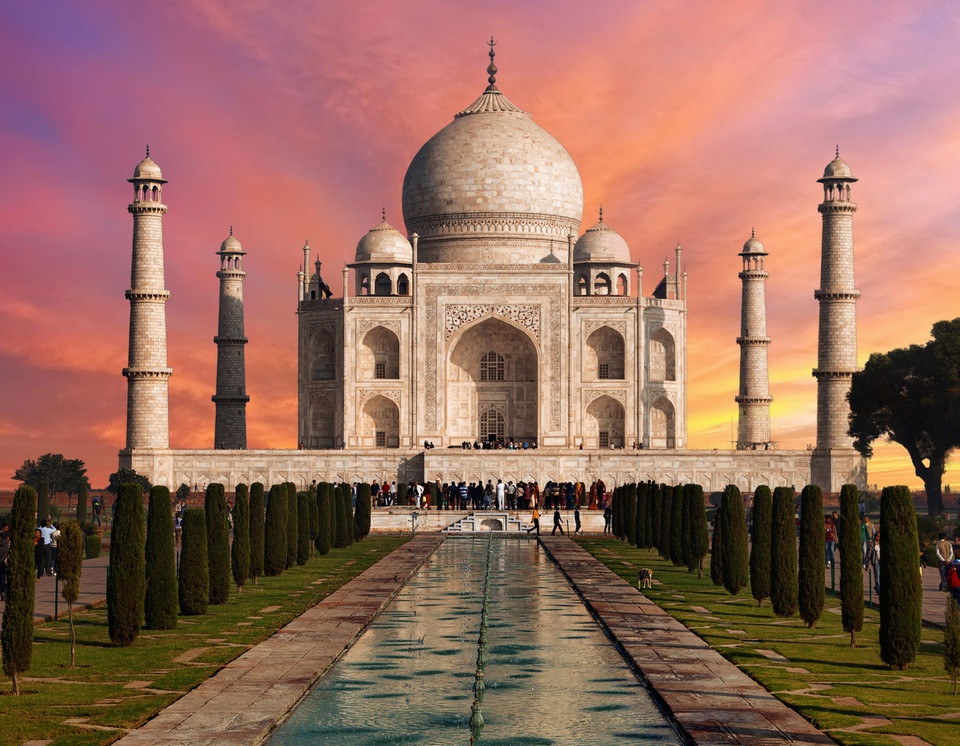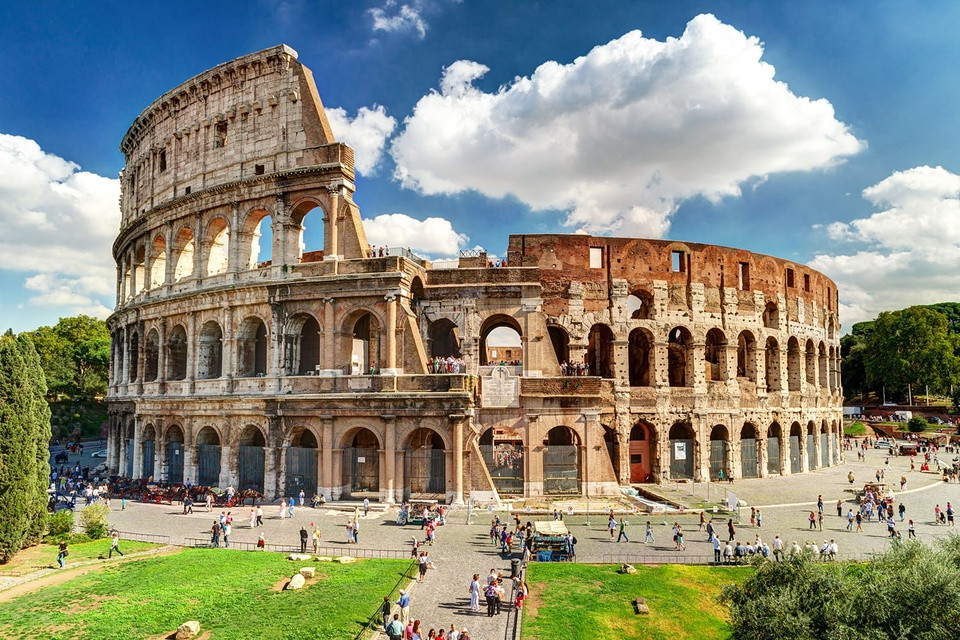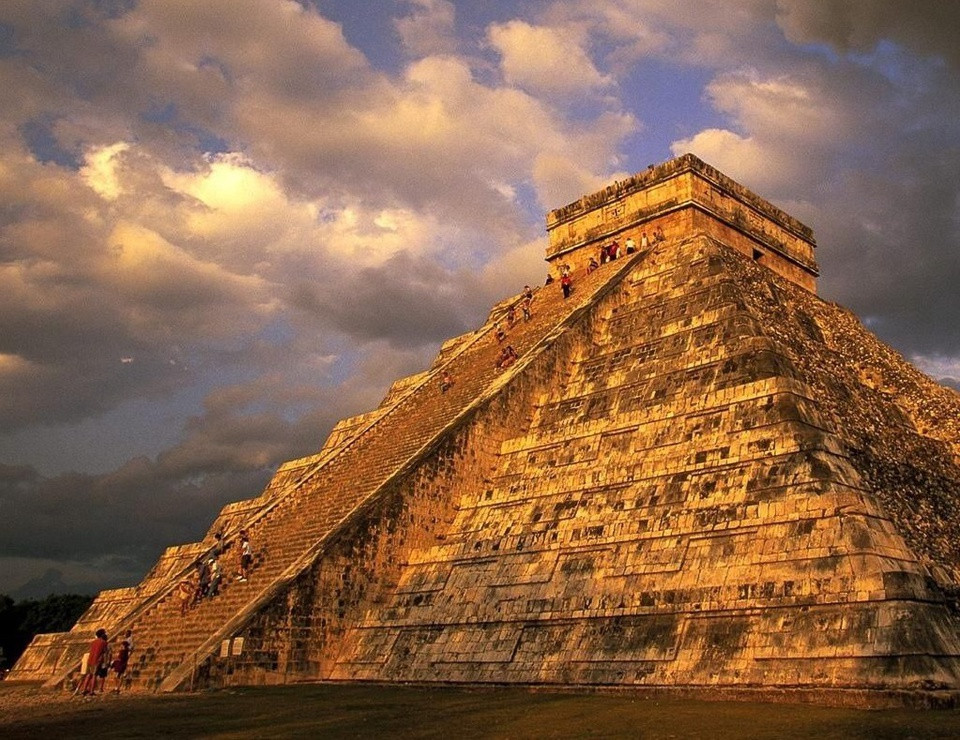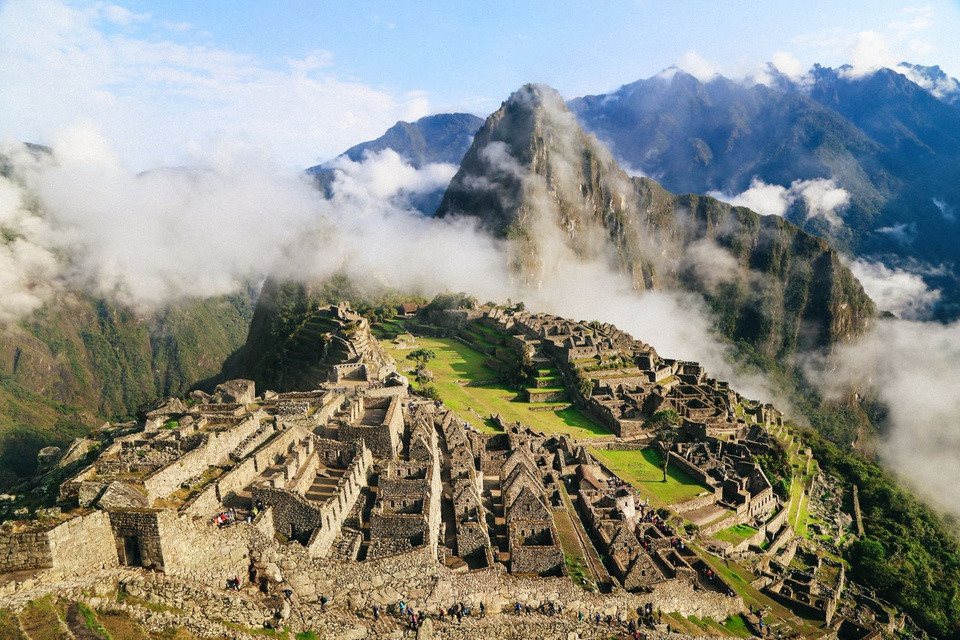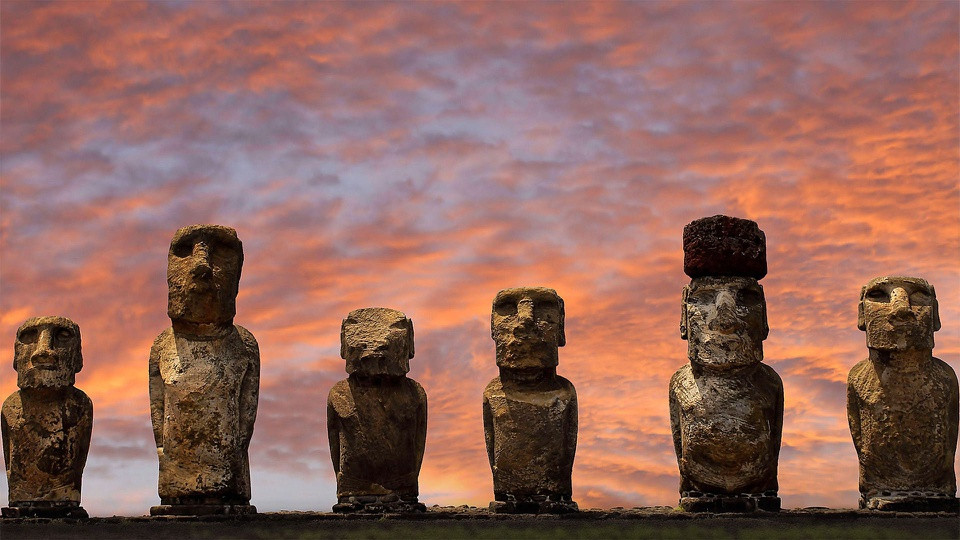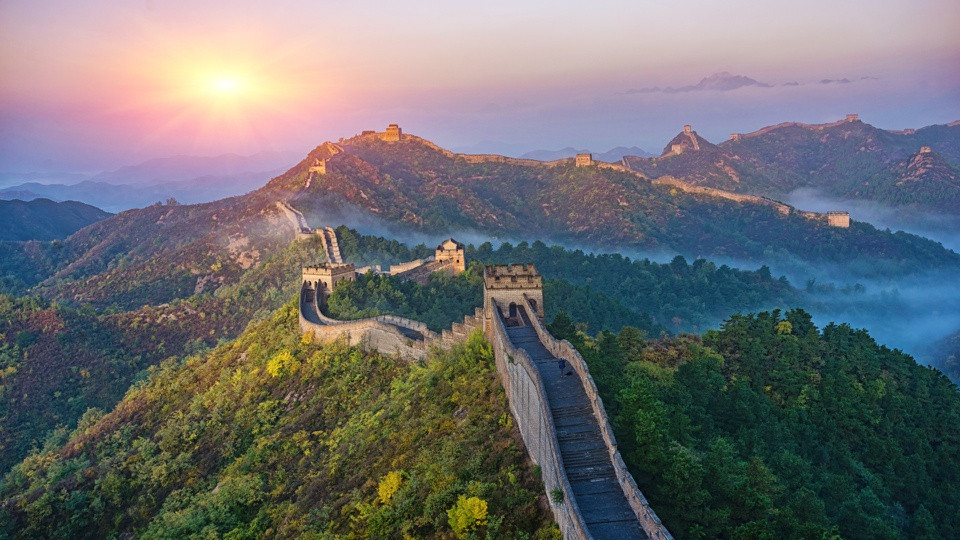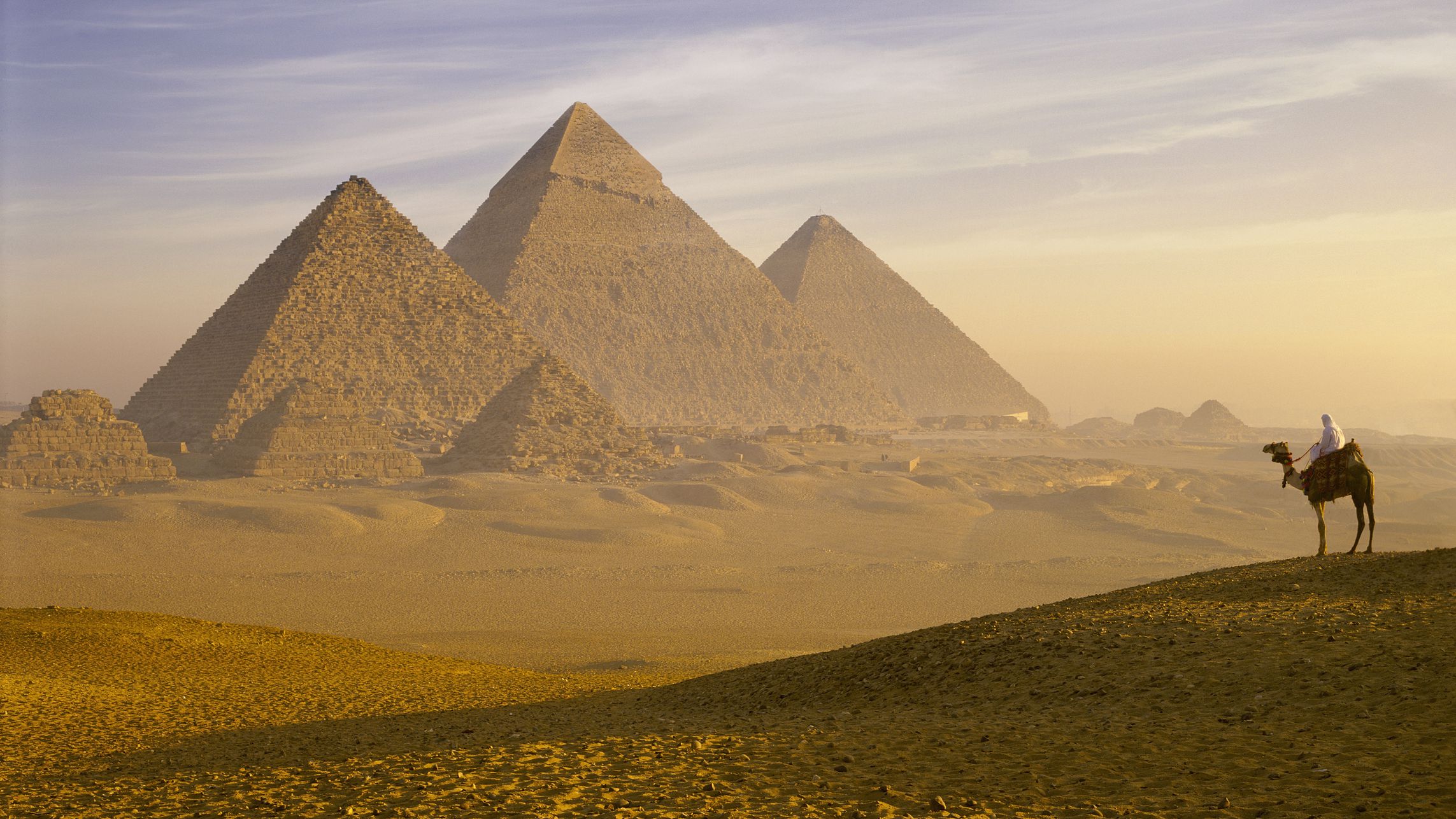
Pyramids of Giza: Ideal tourist destination

You'll see thousands of photos of the Great Pyramids of Giza by the time you finally get here, but nothing wakes up close to these ancient ruins. Egypt's most famous and famous structure, the ancient tombs of kings guarded by serene sphinxes have impressed audiences for centuries. Today, they continue to work their magic on everyone who visits. No trip to Egypt is complete without spending time here in one of the world's most popular tourist destinations. Standing tall in the suburban ridges of Cairo, these majestic monuments are a tribute to the power and ambition of Egypt's Pharaonic rulers.
Great Pyramid (Pyramid of Cheops or Pyramid of Khufu)

Great Pyramid (Pyramid of Cheops or Pyramid of Khufu)
Giza'a The Great Pyramid (also known as the Pyramid of Cheops) is not only the most famous monument of this ancient site but one of the most famous in the world. It was built by Pharaoh Khufu (commonly known as the Greek transliteration of Cheops) and was known to the ancient Egyptians as Ekhet Khufu ("Khufu Horizon"). According to Herodotus, 100,000 men worked on the construction for three months each year. The block content of this huge structure is astounding. Excluding the stone platform and inner chambers, the Great Pyramid is 2.3 million cubic meters. The base measurement is 227.5 meters, and the vertical height is 137.2 meters.
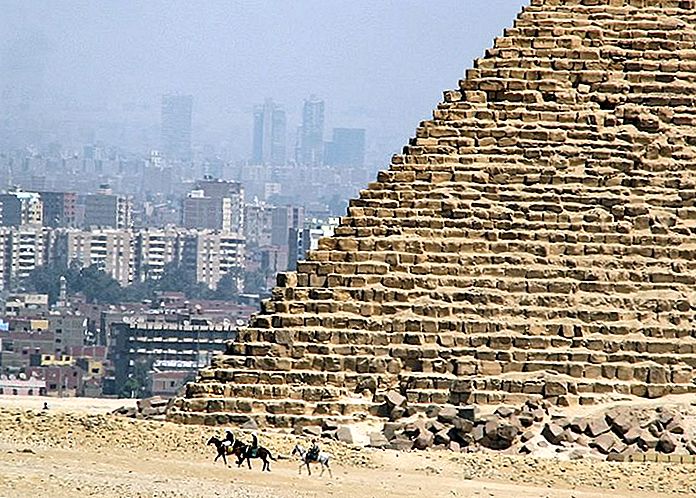
Great Pyramid Stonework
Non-anaerobic can venture into the bowels of the pyramid, although there is not much to see once inside the narrow and narrow corridors. The entrance is a passage on the north side of the pyramid, cut by grave robbers about 15 meters below the original entrance. This narrow tunnel leads into the Great Gallery, a long stretch of which is a marvel of ingenious masonry. Beyond this is the empty, open granite sarcophagus Chamber Chamber, which once contained Khufu's mummy.
Solar Boat Museum
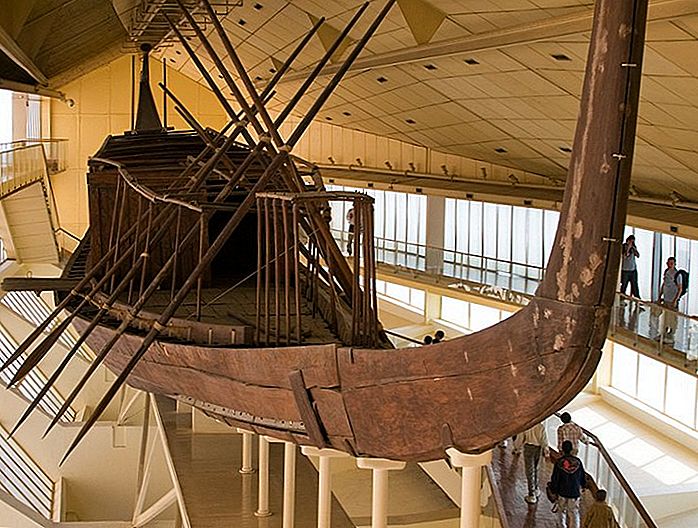
Solar Boat Museum
Excavations to the south and east of the Pyramid of Cheops in 1954 brought light five long chambers for ships, with a Solar Barque divided into over a thousand pieces as a votive gift. Diligent restoration work has brought the barque together, and the 4,500-year-old cedar boat is displayed in this small one-room museum right next to the Pyramids.
East Cemetery
On the east side of the Pyramid of Cheops are smaller three pyramids that serve as tombs for the queen and daughter of the Pharaoh and a cemetery for other relatives. To the south is a large row of mastabas belonging to high dignitaries.
Western Cemetery
To the west of the Pyramid of Cheops is the vast royal cemetery for members of the Royal Family and high state officials, established during the Fourth Dynasty and used until Friday. Here you will find the small entry of the Tomb of Senegemib-Inti column, which has some interesting wall carvings.
Pyramid of Chephren (Pyramid of Khafre)
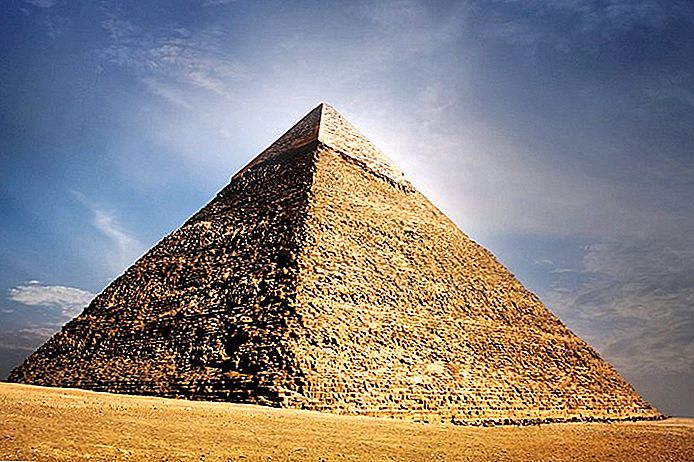
Pyramid of Chephren (Pyramid of Khafre)
The Pyramids of Chephren (Pyramid of Khafre) are located 160 meters southwest of the Great Pyramid. Built by Khufre's son Khufu, it appears at first to be larger than his father's earlier pyramid as it stands on a higher ground. A substantial portion of the original limestone shell has managed to be preserved at the top of the pyramid, and the layout of the temple to the east can be clearly distinguished. The pyramid has a height of 135.5 meters and a basic measurement of 210.5 meters.
Pyramid of Mycerinus (Pyramid of Menkaure)
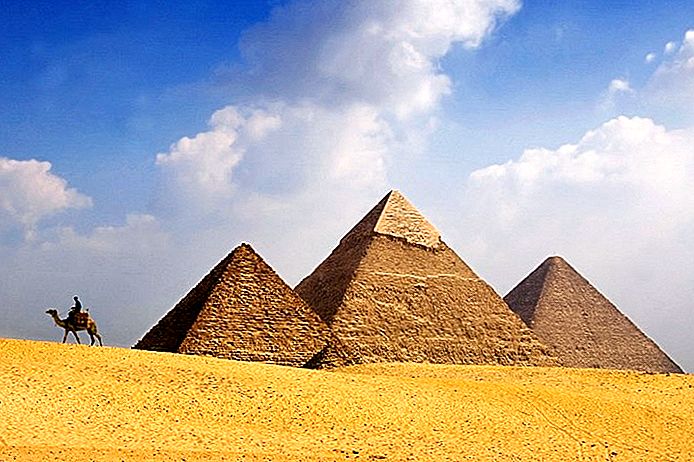
Pyramid of Mycerinus (Pyramid of Menkaure)
The smallest of Giza's three main pyramids is the Pyramid of Mycerinus (Pyramid of Menkaure), made up of unusually large limestone blocks. It has a vertical height of 62 meters and a base measurement of 108 meters. To the south of the pyramid are three smaller pyramids, remaining unfinished, for the Pharaoh's relatives.
Sphinx
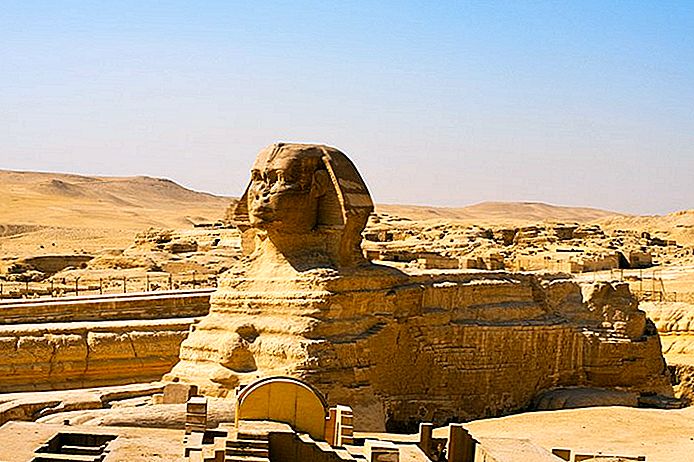
Sphinx
Probably the most famous monument in Egypt after the Pyramids themselves, the mysterious Sphinx is a simple but finely built granite structure shaped like a lion lying just to the northwest. of the Pyramid of Cheops. Hewn from natural stone, it has the head of a pharaoh (usually thought to be Chephren) and wears a royal cloth and cobra head. Weathering and deliberate mutilation caused much damage throughout the centuries, but despite this, the Sphinx conveys a powerful impression of artistic achievement and majesty. The total length of the figure is 73.5 meters and its height is 20 meters.
History of the Pyramids of Giza: The Only Surviving Wonder of the Ancient World
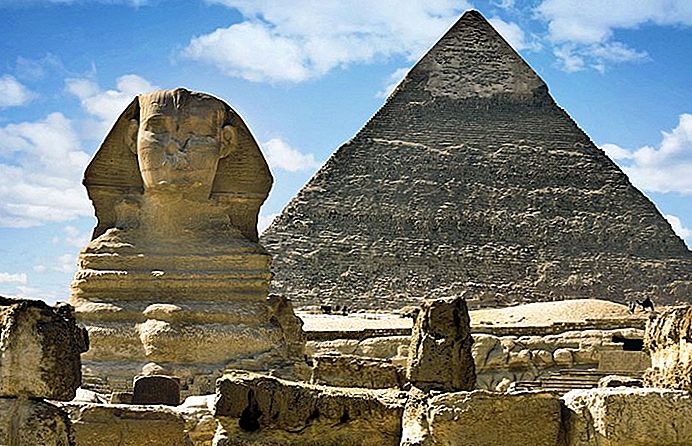
Pyramid of Chephren and the Sphinx
Built by the rulers of Egypt's Fourth Dynasty (about 2600-2500) the Pyramids of Giza rank among the oldest surviving man-made structures in the world. During the Hellenistic and Roman times, they were surprisingly the first of the Seven Wonders of the World, and they still generate a strong fascination, both as an extraordinary technical achievement and as a demonstration of the power of the pharaohs, who were able to compare tens of thousands of objects to build these colossal monuments.
The question of the relationship between the size of the pyramid and the ruler on which it was built remains unresolved. It seems probable, however, that the size depends on individual inclination, strength, and strength. power and economic resources of the pharaoh. It was not possible to prove an alternative theory that the size of a pyramid could be increased in stages over the course of a long dynasty.
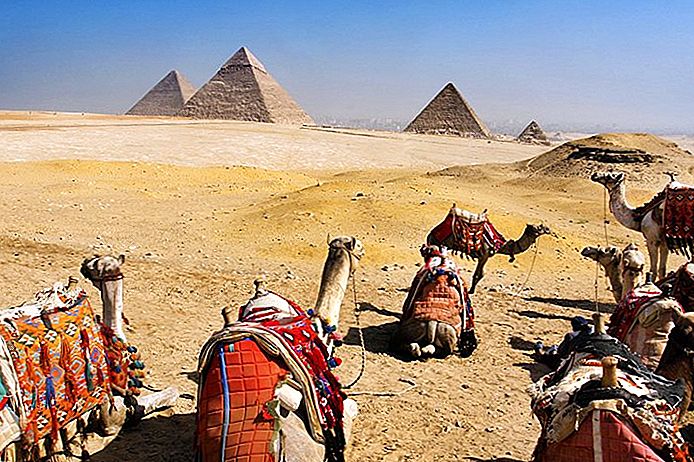
Pyramid of Giza
The common feature of all pyramids is their condition on the edge of the desert west of the Nile, and their structure, built from massive local limestone blocks and encased in shells, was originally polished, smooth white limestone or granite. Concealed within the pyramid's bulk (in later stages) or underground (in earlier periods) are the relatively small tomb chambers, a chamber for the worship of the dead pharaoh, and other rooms. for serious goods. Also common to all pyramids is the entrance to the north and the temple to the east, with a causeway (originally open, later frequently covered) leading to it from a valley temple. at the edge of the Nile Depression.
